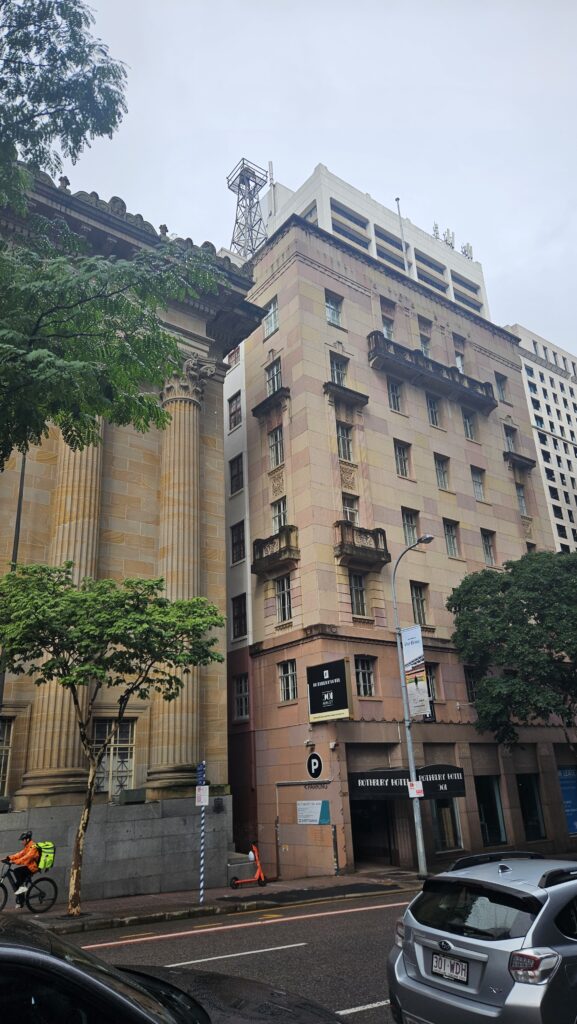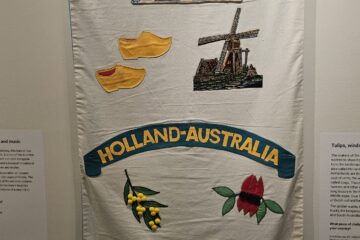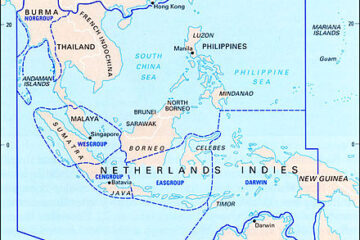Shell Australia is the Australian subsidiary of Royal Dutch Shell. Shell has operated in Australia since 1901, initially delivering bulk fuel into Australia, then establishing storage and distribution terminals, oil refineries, and a network of service stations. It extended its Australian activities to oil exploration, petrochemicals and coal mining, and became a leading partner in Australia’s largest resource development project, the North West Shelf Venture.
On 18 March 1954, the Geelong refinery became the first of Australia’s post-war refineries to come on stream. Its commissioning sent ripples of excitement throughout the Geelong community and was widely applauded as a major development in strengthening Australia’s industrial capacity. More than 1000 people from 14 countries worked on its construction. Many Dutch families settled in the suburb Corio. World-renowned photographer, Helmut Newton, was commissioned by Shell to photograph the project.
The construction of the refinery was undertaken by the Dutch construction company Werkspoor.
In 1959 the company opened a refinery in the Sydney suburb of Clyde. In 1979 they started to produce polypropylene pellets – typically used for injection molding applications – based on Dutch technology. This was later also produced in Geelong.
In August 2014, Shell sold its downstream business in Australia, including its Geelong Oil Refinery and 870 retail sites, along with its bulk fuels, bitumen, chemicals and part of its lubricants businesses, to the Dutch firm Vitol, for A$2.9 billion.
Aside from its aviation fuel business which was retained, Shell’s remaining Australian activities are in upstream businesses, comprising exploration, liquified natural gas (LNG) and onshore coal seam gas.
Shell holds large reserves in the North West Shelf, Gorgon, Browse Basin, onshore coal seam gas Surat and Bowen Basins in Queensland. It also maintains a substantial exploration portfolio in Australia with major representation in permits and reserves offshore Western Australia and the Northern Territory.
A new head office in King Square, Perth opened in January 2016. Wikipedia
A century of Royal Dutch Shell
A set of 3 DVDs & Booklet Shell Oil History
Comprising volumes of correspondence 1927-1932, a large collection of photographs (ca. 1925-2000) and a DVD set re the history of Royal Dutch Shell and Shell in Australia and architectural drawings. Photographic history features property, plant, equipment, social and sporting clubs, literary and dramatic society images and staff portraits. Locations include Birkenhead, Largs North and Broken Hill plants.

The South Australia State Library holds a set:
https://collections.slsa.sa.gov.au/resource/BRG+368
Shell House Brisbane
Shell House, located at 301 Ann Street in Brisbane’s central business district, is a heritage-listed building with a rich history. Designed by Brisbane architects Hall & Phillips, it opened its doors in 1933 as an office building for the Shell company, featuring extensive Art Deco elements. The building, consisting of seven storeys and a basement, boasts a façade made from locally produced granite and Benedict stone. Notable features include stylized shell decorations, marble wall paneling, an elegant staircase with wrought iron balustrade, and lifts with colored glass doors.
Adjacent to Shell House are the neoclassical Masonic Temple and the neo-Romanesque St Andrew’s Uniting Church. Prior to Shell House, the site was occupied by a stonemason.
In 1997, the building was converted into a hotel and apartment building called Rothbury on Ann, offering approximately 60 one- and two-bedroom suites, managed by the Ultiqa group.
All around the world Shell buildings had their own communication tower on their buildings. The one in Brisbane has been kept.




